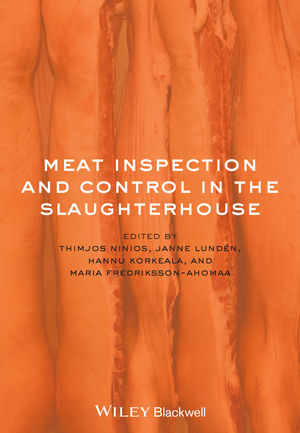Work Remains in Battle to Control Listeria
By John Marcy, Ph.D.
Professor and Poultry Processing Specialist The University of Arkansas
Control is a hazy term when used with Listeria, but the industry is close; very close. You might say that the law of diminishing returns (beyond some point, each additional unit of variable input yields less and less additional output) may apply to control of this organism.
On a national level, the incidence of Listeria infections is coming close to the public health goals established for this organism in the United States. Even though many changes have contributed to this decline over the last decade, it is my belief that the numerous changes in the manufacture and distribution of ready-to-eat (RTE) meat and poultry products caused the major change in the infection rate in our population.
Thirty years ago, a German meat scientist, Lothar Leistner, perfected the Hurdle Theory as it could be effectively applied to product formulation and food safety. The Hurdle Theory simply implies that even if no one factor is enough to prevent the growth of a pathogen, the combined effect of several factors may constitute a sufficient barrier to growth. Listeria as a hazard within the post-thermal processing environment is not well-suited to management by HACCP concepts with the exceptions of post-packaging thermal processing of non-sliced product or high-pressure processing of sliced product. But the application of multiple hurdles or interventions has gone a long way to help product managers sleep at night.
The adoption of Alternative 1, 2 or 3 strategies in 2004 put into sharp focus the use of multiple techniques to bring some level of control of Listeria in the post-lethality environment. Processors already utilized growth inhibitors in their formulations and/or post-lethality treatments, but the RTE rules forced others to evaluate how realistic it is to rely solely on sanitation as a control measure of Listeria.
Major strides in the sanitary status of processing areas have come through meat industry groups working together on how the equipment and processing environment had to change to remove all harborages of this organism in the environment. Companies have dedicated much time and money to re-engineer the packaging environment to offer a semblance of control. Equipment and all varieties of control units have been modified to allow for the thermal processing of the equipment, either in-place or out of place in smokehouses.
Another large factor to allow sanitation to even approach the level of control needed is the ability to look for Listeria species on and around food contact surfaces without necessarily putting previously produced product in jeopardy of recall. There is not a possibility of control if the company cannot make an honest effort to identify and eliminate harborages of the organism.
All of these things taken together form a basis of control of Listeria. Continued control and improvement is reliant on management’s attention to detail and commitment to aggressively identify and eliminate harborages wherever they may be. Other avenues of improvement are mainly in the retail side of RTE product distribution.




Report Abusive Comment